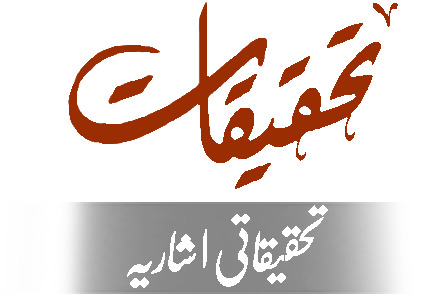مقالے کی معلومات
جلد
شمارہ
مقالے کی قسم
زبان
تاریخِ موصولہ
تاریخِ قبولیت
تلخیص
The ideological foundation of Iran got revisited by its own people after
the Islamic Revolution of 1979 that not only ousted a pro-US President, but had him replaced by a conservative figure i.e. Grand Ayatollah Imam Khomeini. Officially, secularism was replaced with Islam; Western orientations vis-à-vis culture and dress codes were replaced with the orthodox Islamic customs and costumes. However, Shiaism was practiced in Iran for centuries, but the attitude towards religion changed after the 1979 revolution. After decades of international isolation, Tehran under the reformist Presidency of Hassan Rouhani brokered a
nuclear deal with the P5+1 States in 2015. The Islamic Revolutionary Guards Corps was not satisfied with such advances towards the Western world; Donald Trump’s abrogation of the JCPOA’s deal in 2018 strengthened the clergy’s revisionist point of view. This paper analyzes Iran’s needs, attempts and tactics to get nuclear using different versions of structural (neo) realism i.e. offensive, defensive and neoclassical realism. Kenneth Waltz’s theory of deterrence is taken as a benchmark for creating stability in the Middle East. A nuclear Iran means a stable Middle East since Israel and Iran would become two nuclear neighbors
like Pakistan and India; even conventional wars are halted with nuclear
deterrence.
Prof. Dr. Iram Khalid, Syed Zohaib Abbas Rizvi. (2019) IRAN’S NUCLEAR AMBITIONS: A NEOREALIST FRAMEWORK, Journal of Political Science, Volume XXXVII , Issue 1.
-
Views
922 -
Downloads
79


